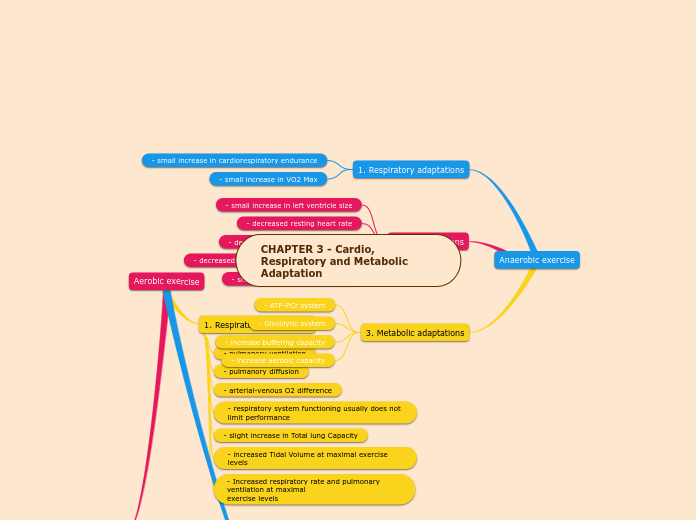par fatin najihah Il y a 4 années
404
CHAPTER 3 - Cardio, Respiratory and Metabolic Adaptation

par fatin najihah Il y a 4 années
404

Plus de détails